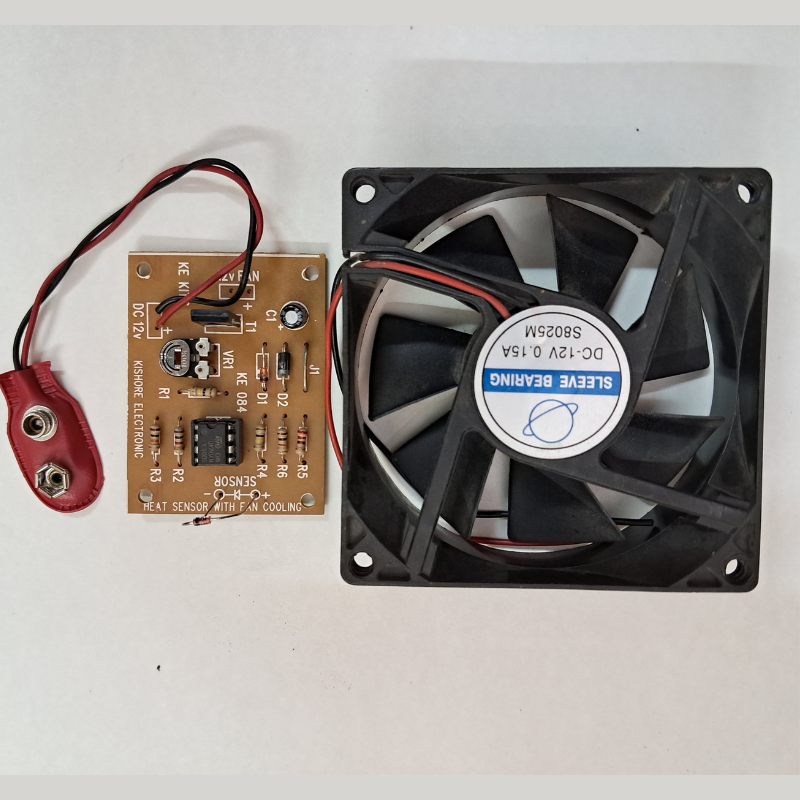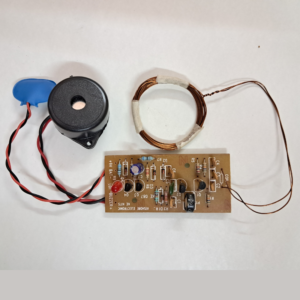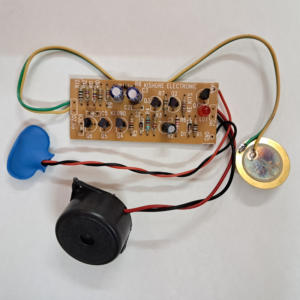A heat sensor with fan cooling is a simple circuit that uses a temperature sensor and a fan to regulate the temperature of a room or device.
The circuit detects the temperature of the environment and then turns on the fan to cool the area when the temperature exceeds a preset threshold.
Here are the basic steps to build a heat sensor with fan cooling:
- Gather the required components: a temperature sensor (such as a thermistor), a microcontroller (such as an Arduino), a fan, a relay, a power source, and some wires.
- Connect the temperature sensor to the microcontroller and program it to read the temperature at regular intervals.
- Set a threshold temperature that will trigger the fan to turn on. When the temperature exceeds the threshold, the microcontroller should activate the relay, which will turn on the fan.
- Connect the fan to the relay and power source. When the relay is activated, it will complete the circuit and turn on the fan.
- Test the circuit by heating up the environment to the threshold temperature and observing the fan turning on to cool the area.
With a heat sensor and fan cooling circuit, you can regulate the temperature of a room or device to prevent overheating and potential damage.




Reviews
There are no reviews yet.